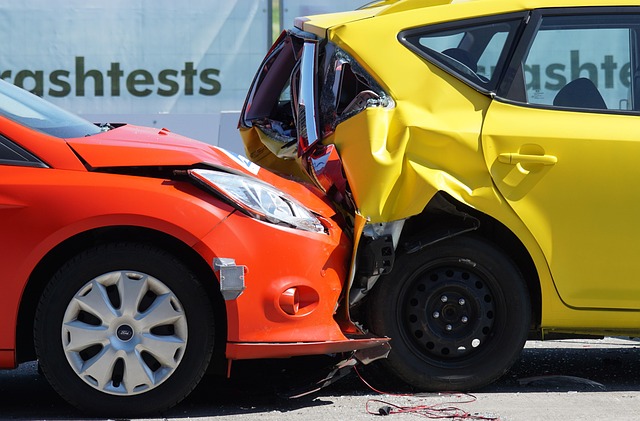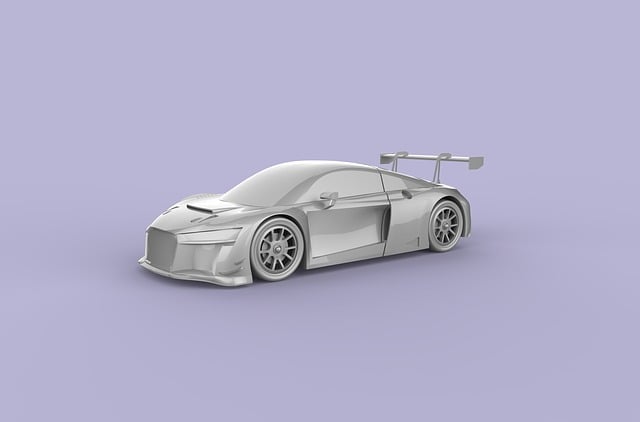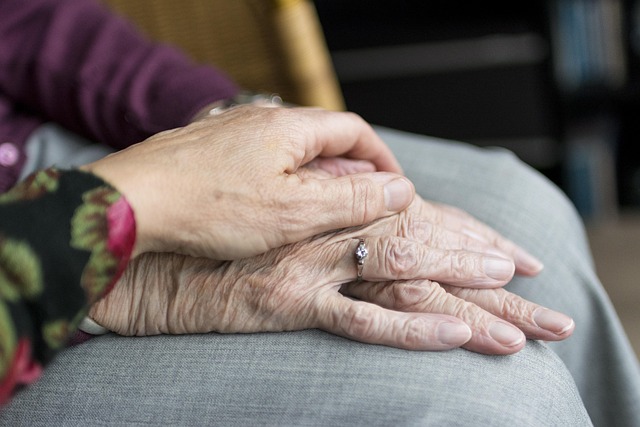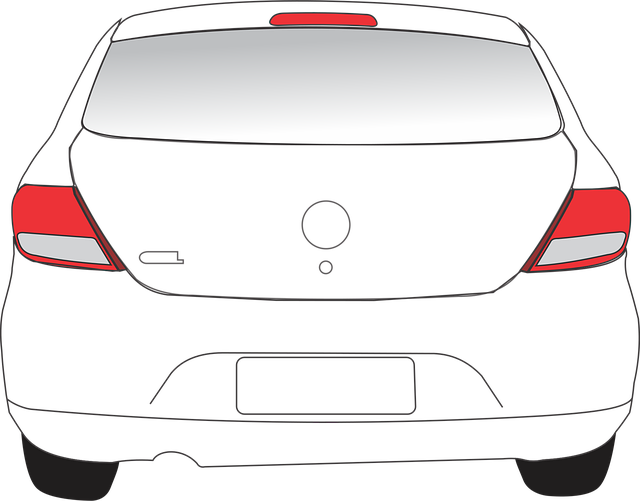Rear-end crashes often cause whiplash and back pain due to sudden neck and spine movements. Chiropractic care, a natural treatment, focuses on diagnosing and treating mechanical issues in the musculoskeletal system to improve mobility, reduce pain, and enhance function for rear-end collision victims. It's a safe and effective alternative to surgery or medication. After such an accident, staying calm, assessing injuries, and seeking immediate medical attention are crucial. Documenting the incident and following healthcare professionals' advice on rest, ice, and gentle movement facilitate optimal chiropractic recovery for rear-end collision victims.
Whiplash and back pain are common yet debilitating injuries resulting from rear-end crashes. This article explores the mechanisms behind these conditions and delves into the effectiveness of chiropractic care in aiding recovery for rear-end collision victims. We provide practical steps to take immediately after such an accident to ensure a successful chiropractic recovery, emphasizing the importance of professional care and proper rehabilitation.
- Understanding Whiplash and Back Pain After a Rear-End Crash
- The Role of Chiropractic Care in Recovery for Rear-End Collision Victims
- Steps to Take After a Rear-End Crash for Effective Chiropractic Recovery
Understanding Whiplash and Back Pain After a Rear-End Crash

Whiplash and back pain are common injuries that can occur after a rear-end crash. Whiplash, a term for neck strain or sprain, happens when the head is suddenly jerked forward and then backward due to the impact of the collision. This rapid movement can cause damage to the muscles, ligaments, and discs in the neck, leading to significant pain and discomfort.
In many cases, back pain after a rear-end crash results from the force being transmitted through the spine during the accident. The sudden stop or jolt can cause muscle strains, disc herniations, or even spinal misalignments. Chiropractic care is often recommended as a natural and effective approach to recovery for rear-end collision victims. Chiropractic doctors specialize in diagnosing and treating mechanical disorders of the musculoskeletal system, focusing on improving joint mobility, reducing pain, and enhancing overall function.
The Role of Chiropractic Care in Recovery for Rear-End Collision Victims

Chiropractic care plays a significant role in the recovery process for individuals who have experienced a rear-end collision, suffering from whiplash and back pain. This type of non-invasive treatment is often recommended as a safe and effective alternative to surgery or prescription medications. Chiropractors are specialists trained in diagnosing and treating musculoskeletal disorders, including those resulting from car accidents.
During the initial consultation, chiropractors thoroughly assess the patient’s condition, considering their symptoms, medical history, and physical examinations. They may employ various techniques such as spinal manipulation, mobilization, and therapeutic exercises to alleviate pain and improve mobility. Chiropractic care focuses on addressing the underlying causes of whiplash and back pain, aiming to restore proper alignment and function to the body. This holistic approach not only helps in the immediate recovery but also provides long-term solutions for managing and preventing future discomfort.
Steps to Take After a Rear-End Crash for Effective Chiropractic Recovery

After a rear-end crash, the initial steps you take can significantly impact your chiropractic recovery. It’s crucial to stay calm and assess any injuries. If back pain or whiplash is suspected, don’t move unless in immediate danger; instead, call for help. Seek medical attention as soon as possible, especially if symptoms persist or worsen. A chiropractor can provide specialized care tailored to rear-end collision victims, focusing on adjusting the spine and alleviating pain.
To support chiropractic recovery, document the incident by taking photos of any damage and noting witness statements. Avoid sharing blame or admitting fault at this stage. Focus on rest, applying ice for inflammation, and gently moving as recommended by healthcare professionals. Keep records of all medical advice and treatments received during recovery to facilitate a more comprehensive understanding of your case.
In conclusion, managing whiplash and back pain after a rear-end crash is essential for the well-being of rear-end collision victims. Understanding these conditions and seeking appropriate care, such as chiropractic recovery for rear-end collision victims, can significantly improve outcomes. Following effective steps post-crash ensures a proactive approach to healing, making chiropractic care a valuable resource in navigating the aftermath of such incidents.














